Recently, Northwest Vietnam economy has received a special attention from its Government. Thanks to the suitable policies enacted by Vietnam Government, the Northwest has reached some new flourishes in economic developments. The average GDP growth rate in a period of 2005 – 2012 was 11.16% per year. In 2013, this number was 9.4% and the economy received some positive signs. In addition, authorities in the Northwest have continued strengthening foreign affairs and promoting diplomatic relationships and exchanges. These internationally collaborative efforts have brought significant capital for the land. In details, the region received $2.6 billion in ODA in 2013 while FDI up to March, 2014 was $8.1 million. International non-governmental aids steadily increased over the past 10 years, from less than $10 million in 2003 to $50 million in 2013. These capitals made an important contribution in the construction of infrastructure, poverty reduction, and protection of ecological environment for the Northwest.
Nonetheless, the economy in Northwest Vietnam has been facing many challenges. The income gap among this land and other regions in the country has not been narrowed. The economic sectors have shifted slowly and inefficiently. The poverty rate is nearly 26%, which is higher than the national average three times. The number of poor districts accounts for nearly 70% of the whole country. The business and investment is not favorable for domestic and foreign investors. The provincial competitiveness index (PIC) remains slowly.
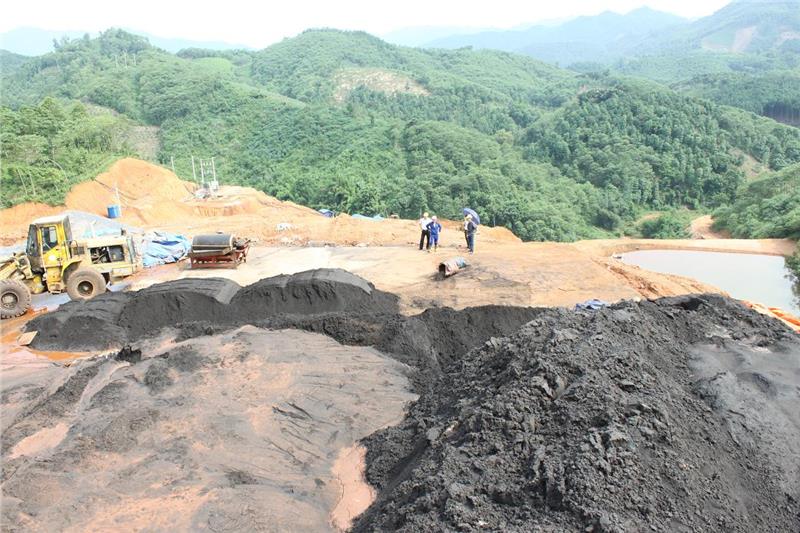
The Northwest is one of the most potential regions in Vietnam in terms of lands, natural resources, and mineral mines (appetite, iron, limestone, and hydro electricity …). These advantages create great conditions for the region to develop mining industry; mineral processing; hydro electricity; and paper, cement and wood production. Besides, the region has the diverse terrain, sub-tropical and temperate climates, and large unused land which allow developing agriculture, crops and livestock and ensuring adequate supply of raw materials for processing industries.
Having large area of land with over 8 million hectares of forest soils, 95, 000 hectares of water surface area and a diverse system of rivers, lakes and streams, the economy of Northwest Vietnam has the big advantage for hydropower and aquaculture as well. In addition, sharing borders with two countries, China and Laos, the region is an important strategic position in Vietnam and has a great potential for the development of trade.
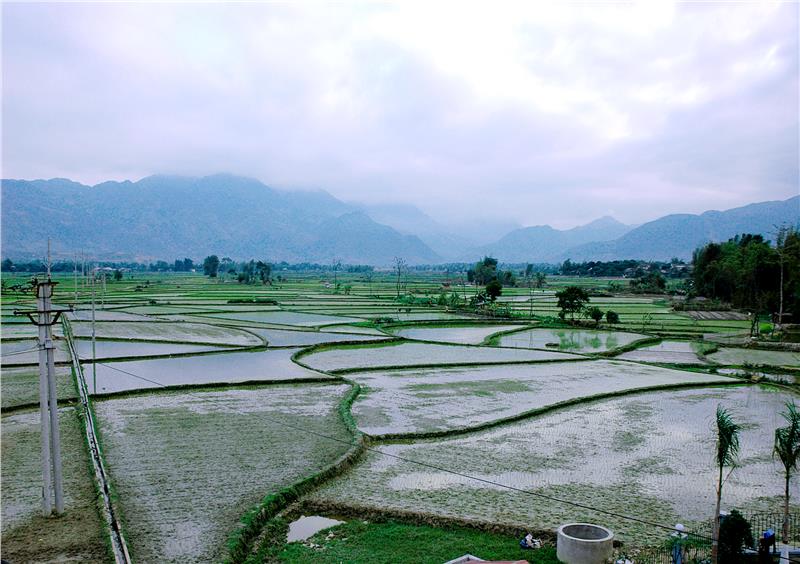
The terrain of Northwest is strongly stratified and dissected, which may cause difficulty in constructions of industrial zones, the expansion of agricultural production, and the construction of specialized commodity production areas under the direction of industrialization and modernization. Being known as the highly mountainous area, the Northwest has an unfavorable system of transportation. Currently, the freight is made mainly through rails and roads due to the restriction in waterway and air. In fact, poor infrastructure is a major barrier for attracting investments and causes the increase in costs and reduction in competitiveness of local enterprises. Besides, the weather in the Northwest is relatively harsh with cold and dry winters creating big influences on seasonal structures and growth of crops.
Located far from the economic center of the country with undeveloped infrastructure, the Northwest is the most difficult region of Vietnam to attract foreign investments. Although foreign investments have increased over the years, it still accounts for a very small proportion of the total capital in the country. Besides, the region has the lowest economic base in Vietnam having unfavorable economic and social conditions. Ethnic minority groups accounts for high percentage, therefore, people’s lives remains difficult. The poverty rate is higher than other places in the country with low purchasing power. The number of enterprises in the Northwest is low, about 13 businesses per 1000 people, which is lower than the Central Highlands. Northwest enterprises mainly specialize construction and mining.
In conclusion, the Northwest has facing many problems which restrict the development of economy including the lack of workforce in both quantity and quality, poor economic infrastructure, natural disasters, climate change, and religion issues.
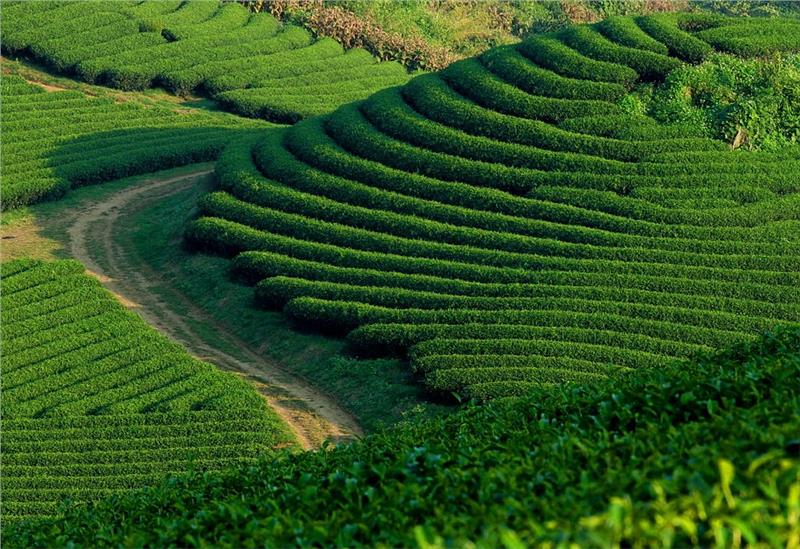
Like many other rural areas in the country, the agricultural structure of the Northwest remains focusing on staple crops including rice, corn, cassava, tea tree. Producing rice is the most important task for the food security of the entire region. According to a new report, the Northwest has recently formed a number of centralized commodity producing areas like tea, fruit trees, rubbers, etc. As being planted in sloping hills, tea is regarded as a crucial crop of Northwest agriculture. It plays an important role in poverty alleviation programs and enhancement of living standards for thousands of ethnic minorities. In details, 86, 000 hectares for growing tea (mainly in Yen Bai, Son La, Phu Tho, and Tuyen Quang) produces 400, 000 thousand tons of tea one year. Besides, corn is also an important crop in the region. Corn is mainly planted in Lai Chau, Dien Bien, Son La, and Hoa Binh. Recently, the Northwest authorities has guided farmers some methods of corn farming techniques (increasing moisture and organic matter for soil, limiting erosion and intercropping maize with some other crops to increase income) to gain the sustainable corn production. Some main agricultural products for exports in the Northwest currently are coffee, pepper, rubber, cashew, tea and so on. The Northwest has a great potential in livestock as well. The area has been highly concentrated on products having advantages such as cattle, beef cattle, dairy cattle, poultry, wild boar, goats, porcupines, chickens, honeybee …
The Northwest has potential advantages developing forestry. The region has approximately 1.7 million hectares of forest and can be increased to over 2 million ha. The area of forest in Northwest changed over year. Until now, along with the recovery and development of forest area in the whole country, Northwest forest area has increased in recent years, specifically, increasing the forest cover from 41% in 2008 to 44.7% today. This will also help to gradually contribute to poverty reduction for highland people. As the statistics, the region has grown 13, 200 hectares of forest including 1000 hectares of special-use forests and protection forests and over 12, 000 hectares of production forests. In 2013, the Northwest provinces received 308.4 billion VND for forest environmental services. It is expected to reach the same revenues in 2014. And what’s more, in a period from 2013 to 2020, it is expected to reach 10,000 m3 of particle board products per year and 50,000 m3 of planks per year. Besides, medium density fiberboard (MDF) factories will be built in Hoa Binh provinces. The Northwest also increases to charge the fee of forest environmental services to eco-tourism facilities, hydropower enterprises and so forth.
Currently, almost productive land of ethnic minorities in Son La and Lai Chau has become the water surface area for aquaculture. People have gradually shifted to aquaculture development. The region has implemented some projects of aquaculture including salmon, sturgeon, hemibagrus and so on in some provinces like Lao Cai, Lai Chau, Yen Bai. According to statistics, there are over 40 projects of aquaculture have been implemented.
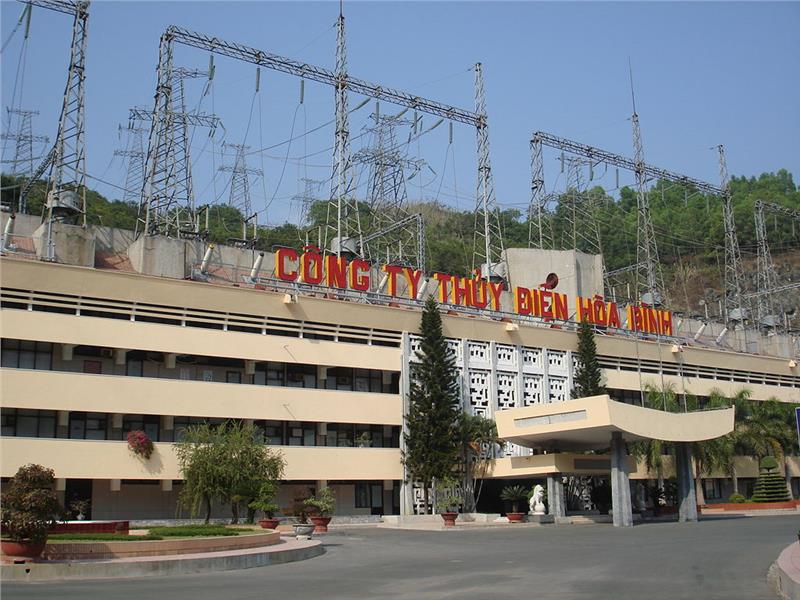
With rich natural resources, the Northwest has the advantages in mining industry, mineral processing, hydropower, and production of paper, cement and wood. Besides, food processing industry is also quite developed in combination with agriculture, fishery and forestry. It can be said that hydropower is the most developed industry in the Northwest. Until now, the region has 4 large hydropower plants with a total capacity of 5,628 MW including Thac Ba Hydropower Plant in Yen Bai (108 MW) , Hoa Binh Hydropower Plant (1, 920 MW), Son La Hydropower Plant (2, 400 MW) and Lai Chau Hydropower Plant (1, 200 MW). These 4 biggest hydro power plants and other small and medium hydropower projects have been contributing largely to the economic development not only in the region but also in the whole country.
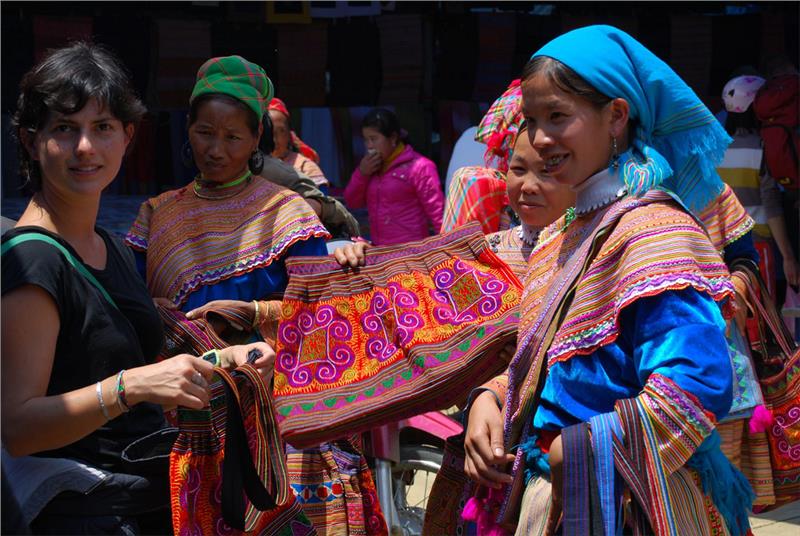
Tourism is the most developed service in the Northwest. Being recognized as a potential land for tourism, the Northwest is home of over 30 ethnic groups with rich and vast culture space. In recent years, tourism has become one of the important economic sectors, which contributes a lot to the economic development. The international cooperation also helps to honor cultural value, promote the image of the region to the world.
Below are some orientations for improving and developing Northwest Vietnam economy:
- Promote restructuring crops and livestock and develop livestock, poultry and aquaculture in the direction of producing goods
- Create centralized and specialized production zones
- Apply advanced technology to agriculture, livestock and fishery
- Focus on developing forest associated with sustainable processing
- Diversify capital resources and investments
- Accelerate the construction of infrastructure systems such as transport, irrigation, electricity, telecommunication networks, water supply, housing
- Implement administrative reform
